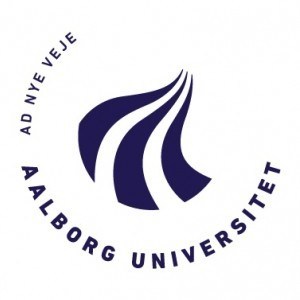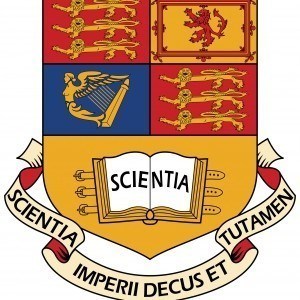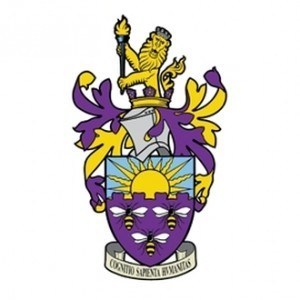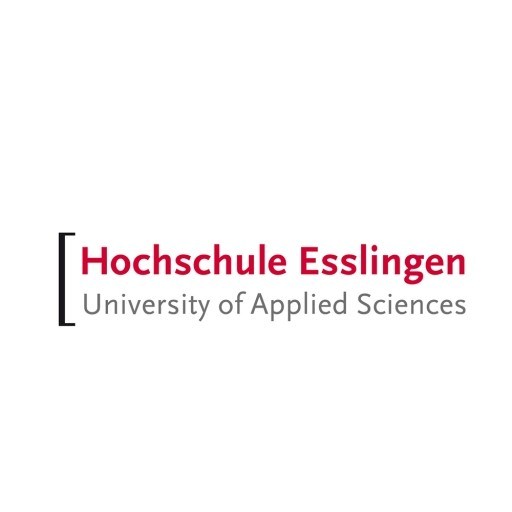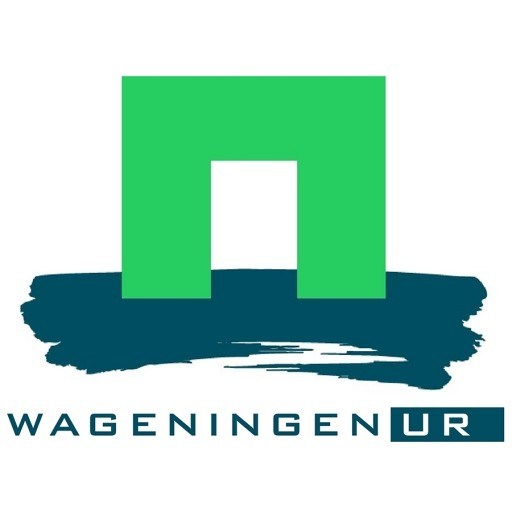Photos of university / #aaustudieliv
The Master's degree programme in Vision, Graphics and Interactive Systems at Aalborg University is a comprehensive advanced education designed to equip students with the latest knowledge and practical skills in the fields of computer vision, computer graphics, and interactive system development. This interdisciplinary programme combines theoretical foundations with hands-on experience, preparing graduates to contribute to cutting-edge projects in industry, research, and innovation. Throughout the programme, students will delve into subjects such as image processing, computer vision algorithms, 3D modeling, virtual and augmented reality, user interface design, and human-computer interaction. The curriculum emphasizes the development of problem-solving skills, creativity, and technical expertise, enabling students to design, implement, and evaluate complex interactive systems and visual data representations. The programme encourages collaboration across different disciplines and promotes an entrepreneurial mindset, fostering innovation in areas like gaming, entertainment, medical imaging, autonomous systems, and multimedia applications. Students benefit from state-of-the-art laboratories, industry collaborations, and international research environments, ensuring they stay at the forefront of technological advancements. The Master's degree also emphasizes research skills, with opportunities to participate in ongoing projects and contribute to scientific publications. Graduates of this programme are well-prepared for careers as researchers, system designers, software developers, or project managers in both academia and industry. They are equipped to address the evolving demands of digital media, visual computing, and interactive experience design. The programme is delivered in English and typically spans two years of full-time study, culminating in a master's thesis that demonstrates the student's ability to conduct independent research and develop innovative solutions. With a strong emphasis on practical application, a collaborative learning environment, and direct links to industry partners, the Vision, Graphics and Interactive Systems programme offers a unique opportunity to develop expertise in a dynamic and rapidly advancing field.
The Master’s programme in Vision, Graphics and Interactive Systems at Aalborg University offers a comprehensive and innovative curriculum designed to equip students with advanced knowledge and practical skills in the fields of computer vision, computer graphics, human-computer interaction, and interactive systems. The programme emphasizes a multidisciplinary approach, integrating concepts from computer science, engineering, design, and psychology to develop interactive technologies that enhance user experiences across various applications. Throughout the programme, students explore fundamental theories as well as cutting-edge practices in image processing, visual perception, 3D modeling, virtual reality, augmented reality, and user-centered design. The curriculum combines coursework, project work, and research activities, fostering both theoretical understanding and practical proficiency. Students have opportunities to engage in interdisciplinary projects, collaborate with industry partners, and participate in internships that provide real-world experience. The programme aims to prepare graduates for careers in research, development, and innovation within sectors such as entertainment, healthcare, automotive, robotics, and multimedia. Emphasis is placed on developing students’ problem-solving skills, creativity, and ability to work in multidisciplinary teams. The university's strong focus on innovation and entrepreneurship encourages students to translate their ideas into market-ready solutions. Upon completion, graduates are equipped to contribute to technological advancements in visual computing, develop interactive applications, and push the boundaries of human-computer interaction. The programme is designed to be flexible, allowing students to specialize in areas aligned with their interests and career goals. Overall, the Master’s programme in Vision, Graphics and Interactive Systems at Aalborg University prepares students to become leaders and innovators in the rapidly evolving landscape of visual and interactive technologies.
Program requirements for the Master’s Programme in Vision, Graphics and Interactive Systems at Aalborg University include a relevant bachelor's degree in engineering, computer science, or related fields with a strong foundation in programming, mathematics, and computer graphics. Applicants are expected to demonstrate proficiency in programming languages such as C++, Java, or Python, as well as knowledge of algorithms, data structures, and computer graphics concepts. Prior experience with image processing, computer vision, or human-computer interaction is advantageous. The program also values analytical skills and the ability to apply theoretical knowledge to practical projects. Fluency in English is mandatory, with required standardized test scores such as TOEFL or IELTS if applicable. The admissions process considers academic grades, relevant work or research experience, motivation letter, and letters of recommendation. Students should have a basic understanding of software development methodologies and experience working in team environments. The curriculum is designed to develop competences in visual computing, graphical systems, and interactive technologies, preparing graduates for careers in industry or research. Hardware knowledge, including familiarity with computer hardware and peripherals, is relevant, alongside software skills. A minimum grade point average (GPA) equivalent to Danish standards is typically required for the relevant bachelor’s degree. The program seeks candidates with a keen interest in advancing the fields of visual computing and human-computer interaction. Additional criteria may include participation in related projects, internships, or published research. Meeting the formal prerequisites is essential to ensure students can fully benefit from the advanced coursework and research opportunities provided by the programme.
The financing of the Vision, Graphics and Interactive Systems program at Aalborg University is primarily supported through a combination of Danish and European funding schemes, tuition fees, and grants. As an international program, it benefits from public funding aimed at promoting innovation and technological development within Denmark and the European Union. Students enrolled in the program may have access to scholarships, financial aid, or student loans provided by Danish authorities or the European Union, depending on their nationality and residency status. Danish and EU citizens are generally eligible for reduced tuition fees or exemption from tuition fees under certain conditions, which considerably eases the financial burden. For non-EU students, tuition fees are applicable and are structured to support the high-quality education delivered through the program, covering expenses related to faculty, infrastructure, research activities, and technological resources. The university also collaborates with industry partners, which sometimes provide sponsorships or internships that can include stipends, further assisting students financially during their studies. Additionally, students are encouraged to seek external funding sources such as scholarships offered by private foundations, government programs, or professional associations related to graphics, visual technologies, or interactive systems. The university provides guidance and support to help students identify and apply for such funding opportunities. Aalborg University also strives to maintain affordable tuition rates in alignment with its mission to promote accessible and high-quality education for a diverse student body. The cost of living in Aalborg is relatively moderate compared to other European cities, which helps mitigate overall expenses for students. The university’s financial aid office offers counseling on financing options, budget planning, and scholarship application processes. Moreover, participation in research projects or industry collaborations often includes stipends or project funding, providing additional financial support for students involved in innovative research or development activities within the field of vision, graphics, and interactive systems. Overall, financial support for students in this program is structured to ensure accessibility, promote academic excellence, and foster innovation in visual and interactive technologies, aligning with Aalborg University’s broader strategic goals of developing future-oriented and industry-relevant competencies.
The MSc in Vision, Graphics and Interactive Systems at Aalborg University offers students a comprehensive education in the area of visual computing, focusing on the development of advanced interactive systems, graphical applications, and computer vision techniques. The program aims to equip graduates with both theoretical knowledge and practical skills necessary to design, implement, and evaluate innovative visual solutions that meet the needs of various industries, including entertainment, healthcare, automotive, and manufacturing.
Throughout the program, students explore core topics such as computer graphics, image processing, human-computer interaction, virtual reality, augmented reality, and machine learning applied to visual data. The curriculum is designed to promote an interdisciplinary approach, combining insights from computer science, design, and engineering to foster creativity and technical expertise. Students have the opportunity to engage in project-based learning, often collaborating with industry partners, to solve real-world challenges.
Research-led teaching is a hallmark of the program, ensuring participants stay at the forefront of technological advancements. The program emphasizes teamwork, innovation, and the development of a professional portfolio, preparing students for careers as researchers, developers, or consultants in the field of visual computing. The program also offers specializations and elective courses allowing students to tailor their studies according to their interests and career goals.
Graduates of the MSc in Vision, Graphics and Interactive Systems typically find employment in dynamic roles such as software developers, researchers in academia or industry, UX designers, or product managers. They are well-prepared to contribute to technological innovations involving visual systems, interactive media, and digital communication. With access to Aalborg University’s extensive network of companies and research centers, students benefit from internship opportunities and industry collaborations, enhancing their practical experience and employability.
Overall, the program balances fundamental theoretical coursework with applied projects, fostering a deep understanding of visual technologies and their applications. It seeks to cultivate graduates who are capable of advancing the state of the art in visualization, image analysis, and human-computer interaction, ensuring they are equipped to meet future technological and societal demands in the digital era.
